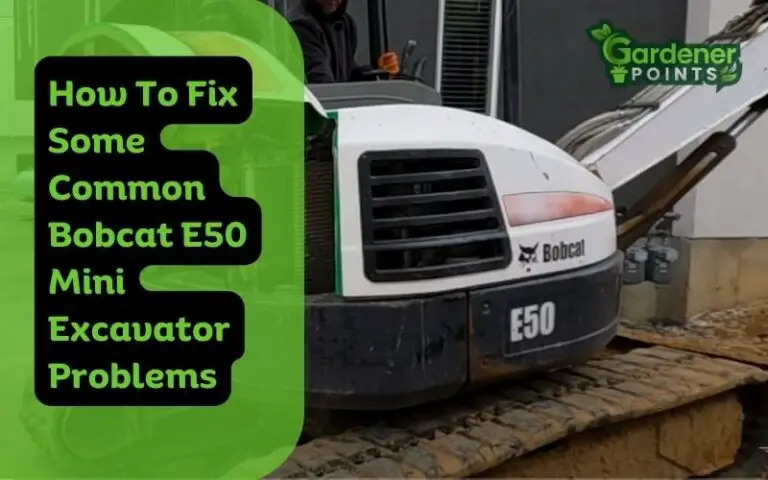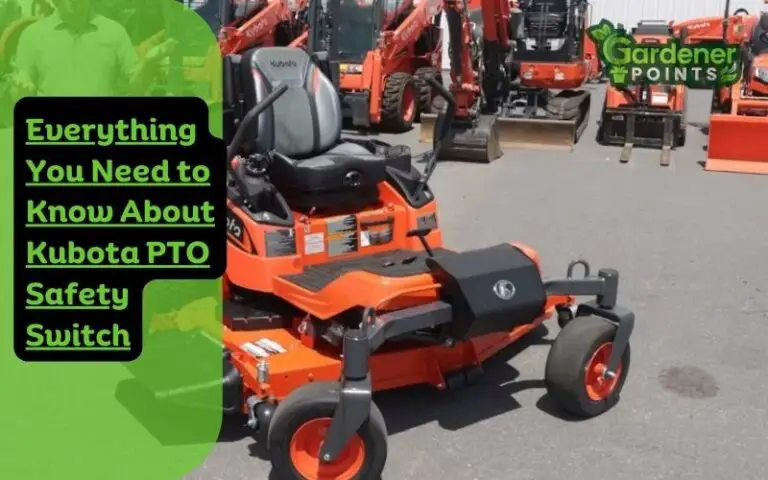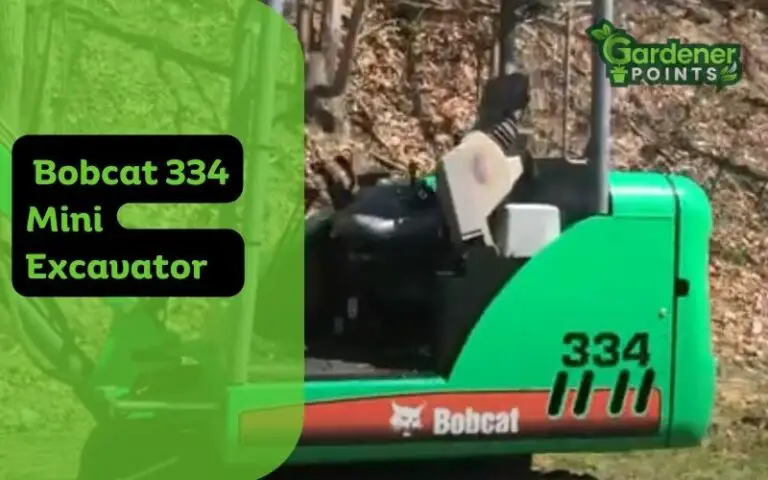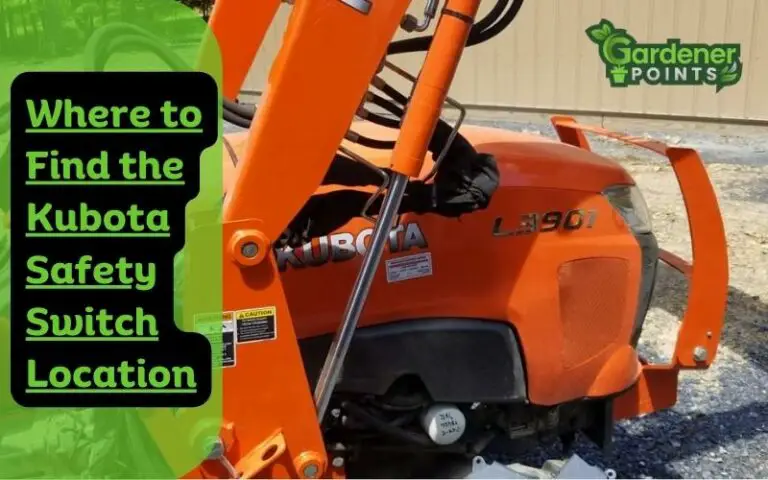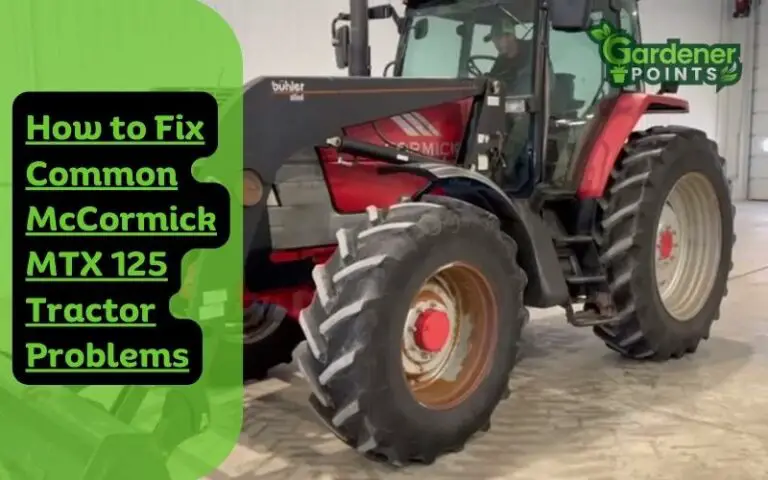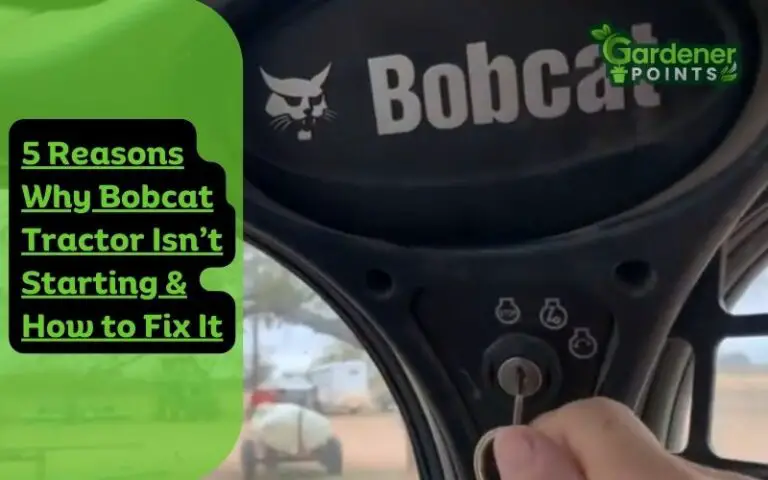How to Release Parking Brake On John Deere Tractor?
John Deere tractors have been reliable for decades, but owners have regularly reported complaints about the parking brakes. Since a parking brake is a major safety feature, you must know how to release the parking brake on a John Deere tractor.
You must depress the clutch and primary brake pedal, followed by disengaging the main parking brake lever to release the parking brake on John Deere Tractor. Besides, there are other scenarios where jamming takes place in the parking brake or remains neutral even after engaging the parking lever.
Go through this article to know about all possible parking brake releasing mechanisms and how to fine-tune the brake in a John Deere tractor.
How Does A John Deere Tractor Parking Brake Work?

Tractors are suitable for rough for heavy-duty activities such as pulling trailers, mowers, etc. Unlike regular trucks and cars, tractors do not possess high-end braking systems such as antilock brakes or electric brakes. In John Deere tractors, the brakes work in an entirely mechanical way.
The John Deere tractors put their main brake and parking brake synchronized to each other. When the parking brake is Off, the primary brake pedals work freely. It means you can manually stop and run the tractor by pressing and releasing the brake pedals.
When it comes to the parking brakes, there is the main pivot shaft directly attached to the brake pedal. It is a long rod that holds the brake pads or calipers connecting to the wheels. There is a metallic block attached to the main pivot shaft.
Just on top of that is the location of the parking brake engagement shaft. Therefore, when the parking brake is on, the shaft falls down and locks the brake pivot to a stand-still position.
If your tractor has a drum brake system, the brake pads lock the drum when the parking brake is turned on. On the other hand, for the hydraulic disk brakes, the calipers stop the disk and keep it locked until the brake pad becomes neutral.
How To Release Parking Brake On John Deere Tractor?
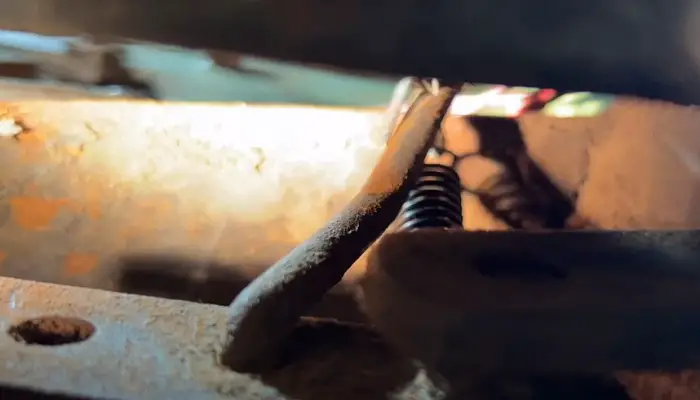
Parking brakes are one the most important safety features used in tractors. It is also known as an emergency brake system. The parking brake locks on the default ranking system of the John Deere Tractor to keep the tractor steady in a selected position.
Releasing the parking brake on John Deere Tractors depends on some factors. There are two types of brakes in John Deere Tractors. These are Drum type brakes and hydraulic disk brakes.
The mechanism of each of these brakes is different from each other. Hence, the brake type also plays an important role in the releasing mechanism of the parking brake. Another important fact about the parking brake is the making year of the John Deere Tractors.
Parking Brake Releasing Mechanism In Older Models
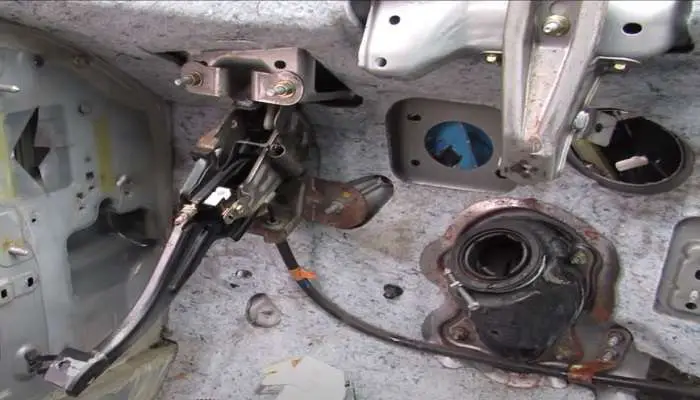
In the earlier models, the parking brake was integrated with the gearbox. Because for each rear tire, there is an individual brake pedal. To release the parking brake, you need to depress the clutch all the way in, followed by shifting the gear stick to neutral.
You will find a yellow colored stick in later models of John Deere Tractors, which was included as the parking brake lever. To disengage the parking brake in these models, you must keep the tractor in neutral gear. After that, depress the main brake pedal inside and pull off the parking lever.
Parking Brake Releasing Mechanism In Newer Models
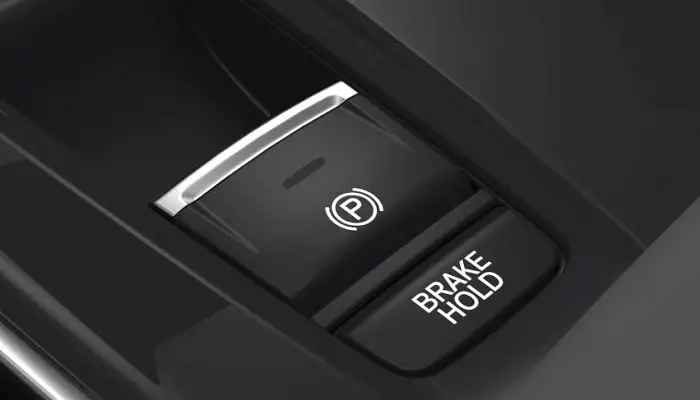
With advancement, the newer models included hydraulic disk brakes for tractors. As a result, the trend of using individual brakes for individual tires converted to a single brake pedal. On these tractors, the parking brake lever was shifted to the main dash of the tractor.
You only need to press the brake pedal all the inside using your left foot and push the parking brake lever. On bigger John Deere tractors, you will find the parking brake lever below the steering when colored in yellow or orange.
Parking Brake Issues And Adjustment
Different models of John Deere tractors have been reported with parking brake issues. The most common issue is that the tractor axle rolls even after the parking brake is engaged. And similar to that, another issue is that the tractor does not move even after releasing the parking brake.
Loosening Up The Parking Brake
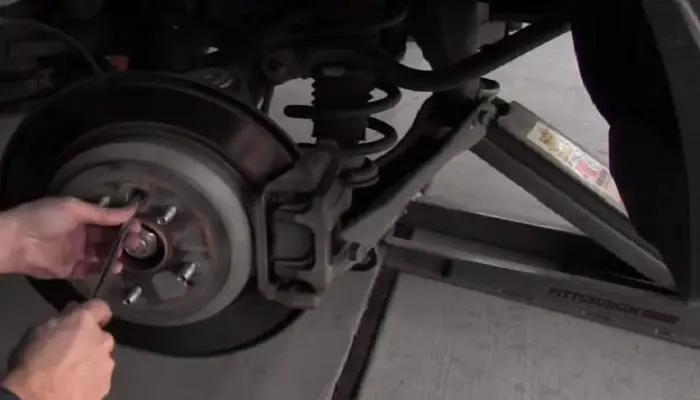
Sometimes, the brake system puts too much pressure on the drum or disk, which keeps the tractor at a standstill after releasing the parking brake. To solve this, you need to adjust the pressure on the brake manually.
Underneath the tractor, you will find an adjustment rod located adjacent to the main brake pivot. Use the compatible wrench to loosen up the jam nut, which locks the adjustment bar of the parking brake. Afterward, rotate the brake adjuster clockwise to release the pressure from the brake rod.
Tightening Up The Parking Brake
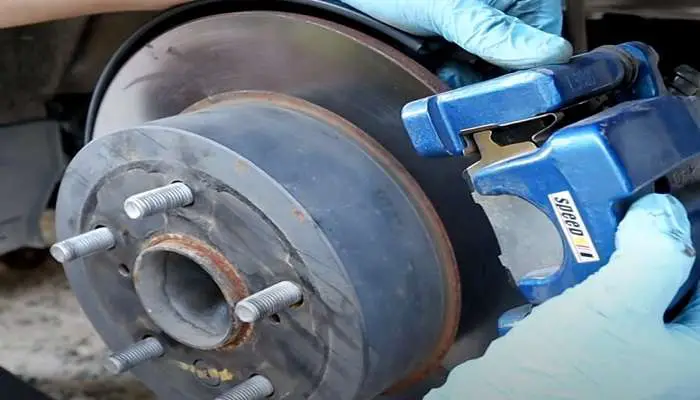
As similar to the procedure mentioned above, you need to rotate the brake adjuster anti-clockwise to tighten and give more pressure to keep the tractor steady.
In the early 200 series of John Deere Tractors. The mechanism is slightly different. Those models require taking out the entire rear-left wheel to get access to the brake adjustment system.
The yoke which remains attached to the brake rod requires spinning counterclockwise. This requires only 2-3 rotations because there would be a neutral zone between declutching and braking.
It is better to do trial and error until a perfect position is found to keep the tractor lock on a position when the parking brake is engaged.
Where Is The Parking Brake On John Deere Tractor?

The parking brake is located in different positions in the John Deere tractors that vary depending upon the model and type of the tractors. On smaller mowers and compact and subcompact tractors, the parking brake is situated on the main instrumental panel side below the steering wheel.
It is a small lever colored in orange with the label “P.” For bigger tractors, a separate lever is found on the right side adjacent to the levers controlling the hydraulics. Moreover, some tractors have their parking brake in the transmission system.
Conclusion
It is crucial for everybody who owns a John Deere tractor to understand how the parking brake works and what functions it has. It might prevent serious injuries that you or your coworkers might sustain while working on the field.
Furthermore, you can estimate whether something is wrong with your parking brake based on how it operates. As a result, you may tune and fix the small brake problems yourself and save money on the technician.
We hope this article has given you useful information and a clear understanding of how to release and use the parking brake on your John Deere tractors.
Related Posts:
- Where To Find The Kubota Safety Switch Location?
- 6 Solutions For John Deere 185 Hydro Problems
- New Holland 134 Hydraulic Oil Equivalent [All You Must Know]
- What Size Bush Hog For A 40 Hp Tractor Do You Need?

Say hello to Afrabby – your go-to research expert turned gardening expert, lawn care aficionado, and a skilled lawn mower mechanic! With years of hands-on experience and a passion for cultivating lush green landscapes, Afrabby is your partner in achieving the lawn of your dreams.
Whether you’re seeking expert advice on plant selection, weed control, or optimal mowing techniques, Afrabby’s got you covered. Equipped with the knowledge to diagnose and fix mower troubles, your lawn equipment is in safe hands. Let Afrabby transform your outdoor space into a stunning oasis you’ll love to show off!

